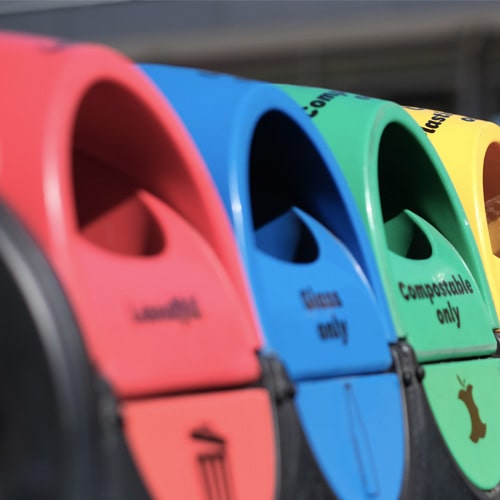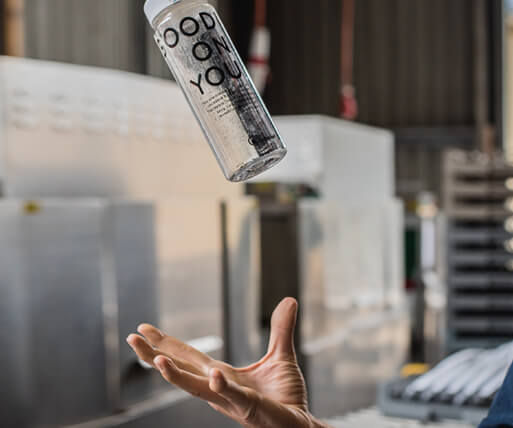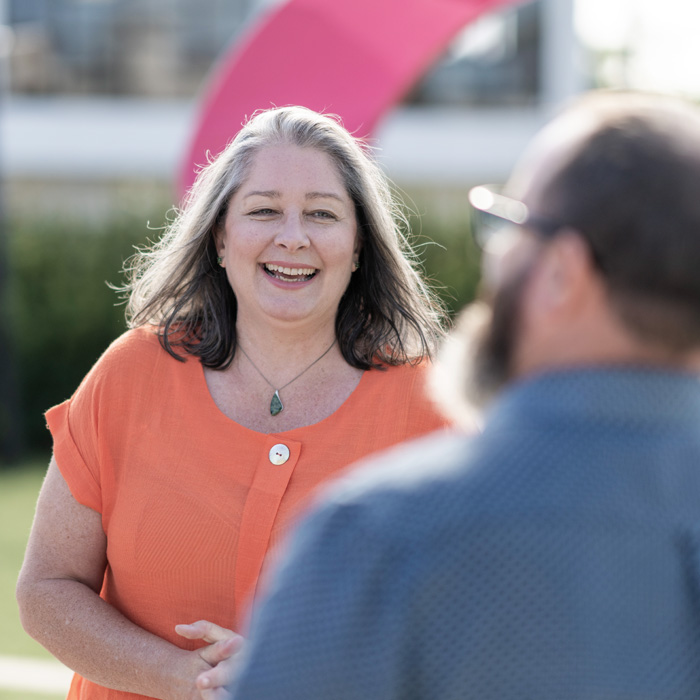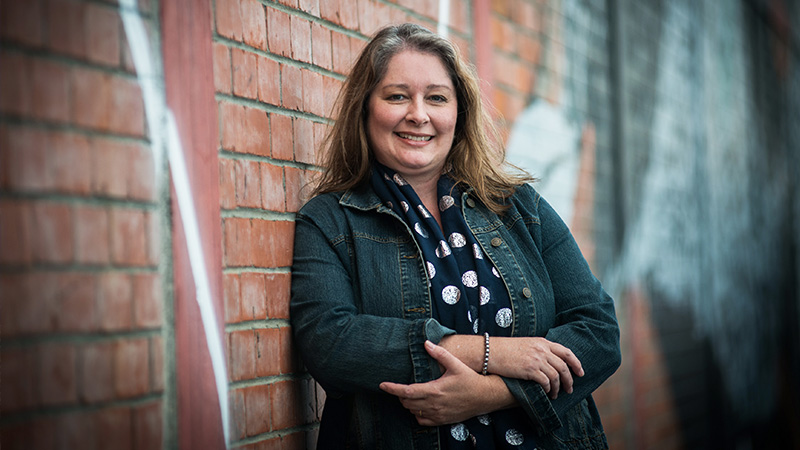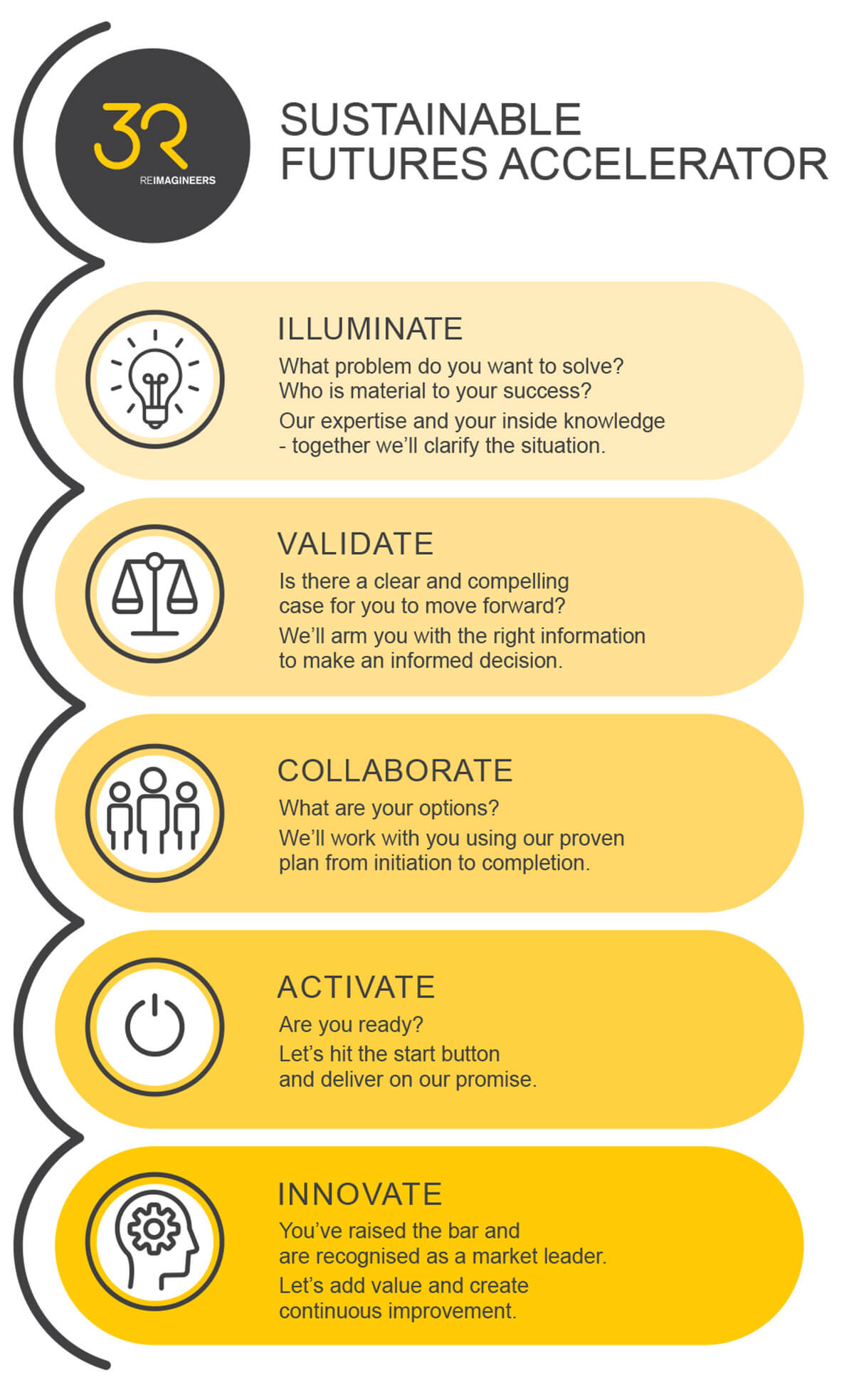A circular future with stewardship at the centre
Mention the term ‘product stewardship’ to the first person you bump into on the street and chances are you will be met with a blank look.
The truth is, it’s not a widely known concept in New Zealand. It also is and isn’t a simple one either. Suggest that manufacturers and retailers should take responsibility for the products they make and sell throughout the lifetime of those products (the definition of product stewardship), and the blank look will probably turn into a puzzled one.
MORE MEDIA:
Read this story and more in the August edition of Revolve magazine
Fast-forward to the year 2050 and this will be a different story.
The terms ‘sustainably produced’, ‘fair trade’, ‘organically grown’ and the like were little known or not even coined 20 or 30 years ago but are now part of everyday life. In the same way talking about product stewardship will certainly be common place 32 years from now.
The reason for this is product stewardship is a cornerstone of the circular economy – another little-known phrase which will certainly become common place long before 2050. The circular economy is the economy of the future, and ironically also one from the past.
Circular principals
In generations past there was a far higher value placed on things. When your TV broke you didn’t immediately throw it away, you had it repaired if possible. Things like children’s toys were more durable and weren’t bought on mass.
We generally had less stuff, and the stuff we had lasted longer, was repaired and reused. Simply getting rid of something and buying new wasn’t the knee-jerk reaction it is today.
Moving to a circular economy isn’t about nostalgia or an ideologically nice thing to do. It’s also not because it’s the environmentally responsible thing to do, but rather because the linear economy and its basis of infinite growth from finite resources is intrinsically flawed and cannot survive. We cannot survive it.
In a future in which the circular economy is in full swing having a product stewardship scheme will be standard practice. Consumers will expect it, so much so that it won’t even enter discussion – it will simply be the way things are.
Stewardship in the here and now
So where are we now? Currently there are 14 voluntary, Government-accredited product stewardship schemes in New Zealand, ranging from container glass to concrete, and agricultural plastic to waste oil. These vary in size and effectiveness and rely on manufacturers and retailers to ‘do the right thing’ by voluntarily contributing to schemes which collect and recycle or properly dispose of the products.
Granted, each scheme covers a number of different products, but 14 schemes isn’t a high number. It also isn’t particularly impressive considering the Waste Minimisation Act 2008 – which has stewardship at its heart – has been around for 10 years.
Priority product
The Act is a big part of getting from here to where we need to be. It’s a powerful tool, which hasn’t been fully utilised by previous governments.
But as Bob Dylan said, “the times they are a changin’” and the new Government is seemingly far more motivated than their predecessors to make use of the Act. And this is where mandatory product stewardship (which the Act has the ability to create) comes in.
Mandatory stewardship is the more effective route as it puts everyone on a level playing field and prevents non-participating producers from taking a ‘free ride’. In New Zealand mandatory stewardship can only happen when the Minister for the Environment declares a priority product under the Act.
Priority product status has never been declared in New Zealand. However, recent comments by Associate Minister for the Environment Eugenie Sage point to a quickly growing probability we will soon see the country’s first mandatory declaration.
End of life tyres are a good example of how mandatory stewardship is the best route to follow. The working group for end of life tyres, Tyrewise, has the backing of the industry but on the condition of tyres being declared a priority product. One reason being that they want to avoid free riders, the second being that the industry recognises some product regulation tools will be needed to support local Councils.
The face of stewardship
Another important part of the puzzle is of course what a product stewardship scheme, be it voluntary or mandatory, looks like. The waste hierarchy of avoidance, reduction, reuse, repair and only then recycle is the guiding standard which all stewardship schemes should look too.
Properly implemented product stewardship goes back to the design phase in order to increase lifespan, reusability and repairability. In a circular economy future (underpinned by product stewardship) our whole way of thinking about product ownership will shift, with a greater emphasis on paying for services rather than owning the products which provide them.
Philips’ Light as a Service is a much drawn on example of this new way of doing business. The model sees a customer pay Philips for the light it uses while Philips maintains ownership of the lighting fixtures.
This means the company has taken complete responsibility for their products, from production through to end of life treatment. As a result, Philips develops more durable and repairable fixtures and is more motivated to maximise the resources which go into them. The circular economy in action.
A place for recycling
Recycling has long been seen by the public as the environmentally and sustainably responsible thing to do, and it certainly has its place. However, it is far from the first choice.
What we don’t want from our product stewardship schemes of the future is to simply enable more recycling. This can so easily happen as recycling is the path of least resistance because manufacturers don’t need to change their products much – if at all.
There are of course exceptions. Glass, being infinitely recyclable, is one example. The best way of dealing with the tens of thousands of tonnes of glass bottles and jars being used every year in New Zealand is to recycle them into new bottles and jars.
Another example is PET (type 1) plastic. It too can be recycled again and again as rPET. This is where product stewardship can support the development of onshore processing capacity for materials.
The future
In the year 2050 stewardship schemes will not only divert waste from landfill and recapture resources, but genuinely do so with the waste hierarchy at their core. They will also have sparked a myriad of new business opportunities.
Mention the term product stewardship to someone in 2050, or even in 2030, and they will know exactly what you are talking about.
Adele Rose is 3R’s Chief Executive
Connect with Adele on LinkedIn

